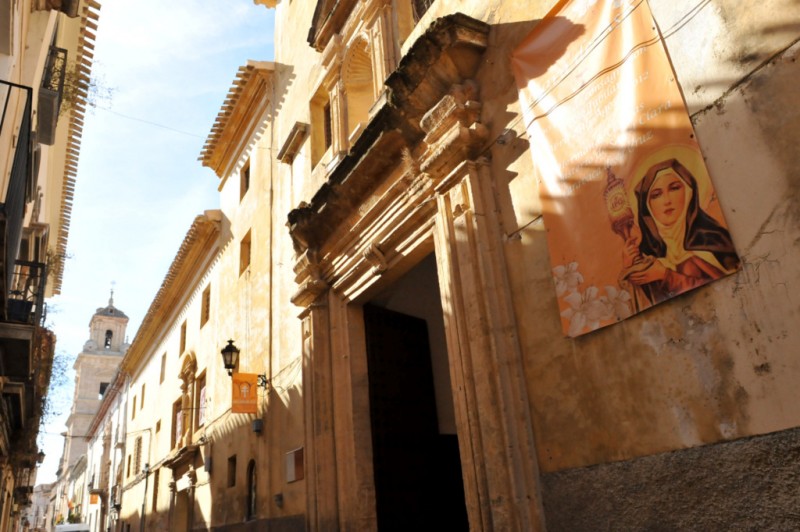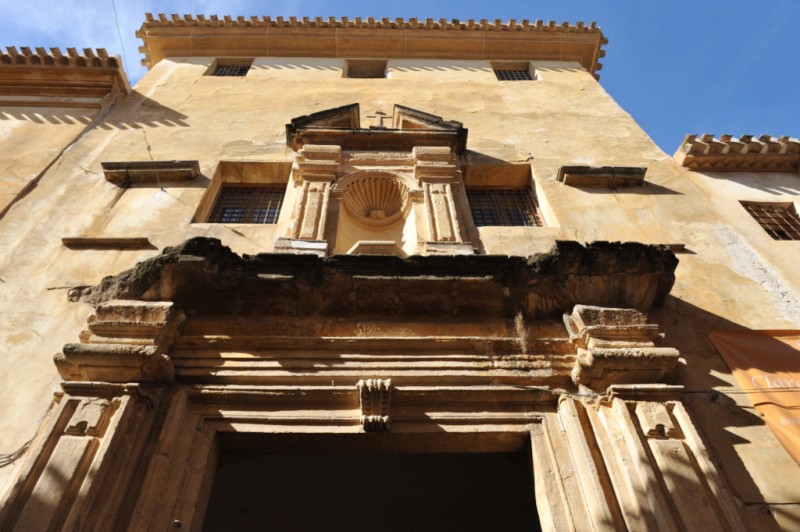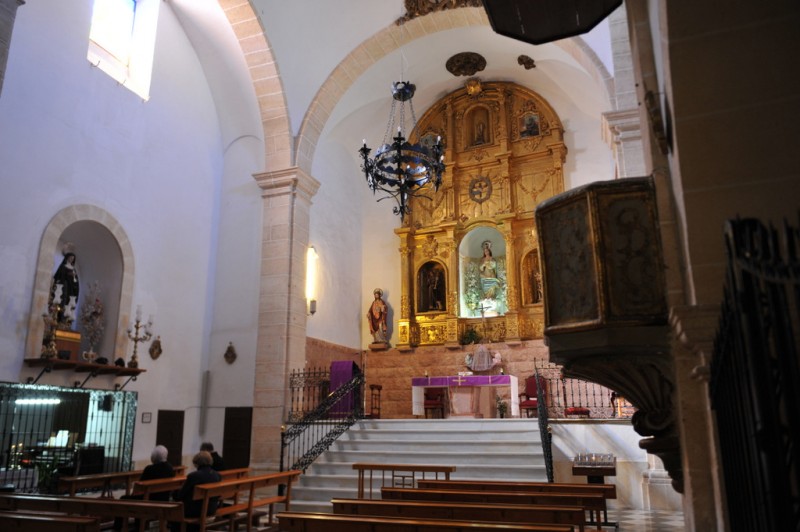- Region
- Águilas
- Alhama de Murcia
- Jumilla
- Lorca
- Los Alcázares
- Mazarrón
- San Javier
-
ALL AREAS & TOWNS
- AREAS
- SOUTH WEST
- MAR MENOR
- MURCIA CITY & CENTRAL
- NORTH & NORTH WEST
- TOWNS
- Abanilla
- Abarán
- Aguilas
- Alamillo
- Alcantarilla
- Aledo
- Alhama de Murcia
- Archena
- Balsicas
- Blanca
- Bolnuevo
- Bullas
- Cañadas del Romero
- Cabo de Palos
- Calasparra
- Camping Bolnuevo
- Campo De Ricote
- Camposol
- Canada De La Lena
- Caravaca de la Cruz
- Cartagena
- Cehegin
- Ceuti
- Cieza
- Condado de Alhama
- Corvera
- Costa Cálida
- Cuevas De Almanzora
- Cuevas de Reyllo
- El Carmoli
- El Mojon
- El Molino (Puerto Lumbreras)
- El Pareton / Cantareros
- El Raso
- El Valle Golf Resort
- Fortuna
- Fuente Alamo
- Hacienda del Alamo Golf Resort
- Hacienda Riquelme Golf Resort
- Isla Plana
- Islas Menores & Mar de Cristal
- Jumilla
- La Azohia
- La Charca
- La Manga Club
- La Manga del Mar Menor
- La Pinilla
- La Puebla
- La Torre
- La Torre Golf Resort
- La Unión
- Las Palas
- Las Ramblas
- Las Ramblas Golf
- Las Torres de Cotillas
- Leiva
- Librilla
- Lo Pagan
- Lo Santiago
- Lorca
- Lorquí
- Los Alcázares
- Los Balcones
- Los Belones
- Los Canovas
- Los Nietos
- Los Perez (Tallante)
- Los Urrutias
- Los Ventorrillos
- Mar De Cristal
- Mar Menor
- Mar Menor Golf Resort
- Mazarrón
- Mazarrón Country Club
- Molina de Segura
- Moratalla
- Mula
- Murcia City
- Murcia Property
- Pareton
- Peraleja Golf Resort
- Perin
- Pilar de la Horadada
- Pinar de Campoverde
- Pinoso
- Playa Honda
- Playa Honda / Playa Paraíso
- Pliego
- Portmán
- Pozo Estrecho
- Puerto de Mazarrón
- Puerto Lumbreras
- Puntas De Calnegre
- Region of Murcia
- Ricote
- Roda
- Roldan
- Roldan and Lo Ferro
- San Javier
- San Pedro del Pinatar
- Santiago de la Ribera
- Sierra Espuña
- Sucina
- Tallante
- Terrazas de la Torre Golf Resort
- Torre Pacheco
- Totana
- What's On Weekly Bulletin
- Yecla


- EDITIONS:
 Spanish News Today
Spanish News Today
 Alicante Today
Alicante Today
 Andalucia Today
Andalucia Today
The Convent of Santa Clara in Caravaca de la Cruz
This 17th century Caravaca convent is still in use today
 The convent dedicated to Santa Clara in Caravaca de la Cruz is in the historic centre of the city, in Calle de las Monjas, and dates from the early 17th century. Unlike many of the religious buildings in Caravaca it has been used for its original purpose ever since, and its austere exterior reflects the commitment to poverty of the nuns who reside within.
The convent dedicated to Santa Clara in Caravaca de la Cruz is in the historic centre of the city, in Calle de las Monjas, and dates from the early 17th century. Unlike many of the religious buildings in Caravaca it has been used for its original purpose ever since, and its austere exterior reflects the commitment to poverty of the nuns who reside within.
History
Permission to build the monastery of Santa Clara in Caravaca de la Cruz was granted by Felipe II on 7th May 1586, in response to a request made by the Town Hall and following a donation of 1,500 ducats to the order of the Hermanas Pobres de Santa Clara (sometimes known in English as the Poor Clares) by Catalina de Robles.

This donation was followed in 1609 by another from Ginés de Perea in which he included his own home, which was to become the site of the first rudimentary convent on Calle de las Monjas (literally “street of the nuns”). The donation of this property meant that no specific religious building was ever erected: instead, gradual modifications were made to the existing one, and other land was acquired in order to achieve the privacy required by the Order, but the expansion of the premises was necessarily limited by its location in the centre of the 17th century city of Caravaca.
One of the neighbouring buildings at the time of the foundation of the convent was the old church dedicated to San Bartolomé, and this was initially used by the nuns until around 1700, when they made the decision to create a new, more spacious place of worship. In order to do so they contracted the services of Lorca architect Manuel Serrano, who at the time was also working on the building commissioned by the Jesuits in Caravaca, and who opted to take as his inspiration the main entrance to the Convento de San Antonio in the city of Murcia.
However, the association with Manuel Serrano was short-lived and ended in dispute, and it was some years before the project was taken over by another architect from Lorca, José Vallés, to whom the façade of the Colegiata in his home city is attributed, as well as parts of the Santuario de la Vera Cruz in Caravaca. But further problems ensued, and it was not until the second decade of the 18th century that the new church was completed.

Despite the threats to its survival posed by the expropriation of religious properties in the mid-19th century and the Civil War a hundred years later, the convent as we see it today is still similar to when it was built, and the church has not been altered at all apart from the loss of some decorative items including altar screens.
The church and convent
Inside the relatively small church there are only two side chapels alongside the central nave, and the architecture is predominantly baroque. Curiously, the apse of the church is built over the arch which spans Calle del Mercado, a building feature whose aim was to gain extra space inside, while the oldest part of the church, based on the one dedicated to San Bartolomé, is the one corresponding to the main entrance door.
This entrance is framed by a simple stone doorway, where it is clear that the intention was for coats of arms or shields to be displayed but they were never installed.

The convent also includes a maze of corridors and rooms which resulted from the gradual conversion and extension of the home of Ginés de Perea, and the garden in which the nuns grew their own fresh produce. In one corner of the building is a tower which provides panoramic views of Caravaca. Only recently, a cellar has been discovered: at some point in the past the entrance had been walled off, and inside are eight large storage jars, five of them partly buried in the ground.
The main decorative item is the baroque altar screen which came from the Iglesia de la Soledad and before that from the Franciscan monks, and is a replacement for the one which was ransacked at the start of the Civil War in 1936.
Each of the two side chapels, dedicated to San Antonio and San Francisco, has its own screen dating from the 17th century, and the religious statues and images include one of Santa Clara by José Hernández Cano (1993), and others representing San Nicolás, San José with the Infant Jesus and San Francisco de Asís.
Opening hours: the Convent of Santa Clara is open to the public every day between 9.00 and 13.00. Click for more information about the Caravaca de la Cruz municipality including agenda, what to see, tourist information, the Holy Year etc



